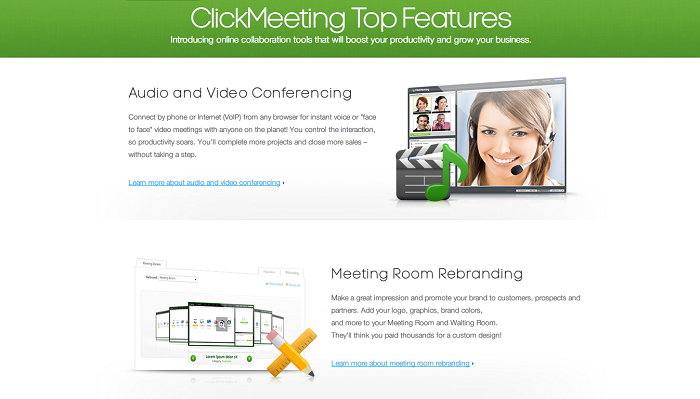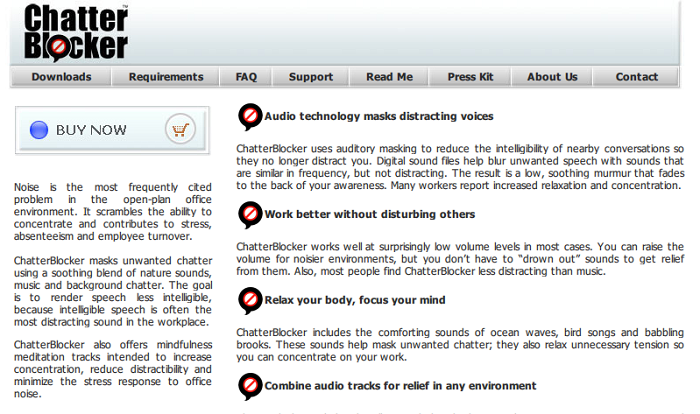
Time management problems in your business? With today’s technology, procrastination is always within the reach of anyone, even during hours of productivity. According to statistics, about 89% of employees “waste time” during office hours. 57% of this number spends over 1 hour per day, while the rest loses about 30 minutes.
For managers, these figures call for immediate action. Frankly, you cannot eliminate media consumption – the number one driver of wasted time – as it is embedded in the lifestyle of Millennials. What you can do, however, is to implement strategies that will rally your people and restore the maximum productivity of your team.
Here are some of the best solutions you can do for a more productive workplace.
1. Conduct Online Meetings
An excellent way to improve the time-efficiency of your team is to offer faster options for everyday workplace activities. For example, you can choose to conduct online meetings as opposed to relying solely on face-to-face interactions. Online meetings give your team the ability to participate in meaningful conversations without leaving their workstation. With a platform like ClickMeeting, you can further communication and collaboration without disrupting the workflow of your employees.

ClickMeeting is a platform that can help you host online conferences thru video or voice calls. It can also be used to produce webinars that streamline training and knowledge transfer processes, which will contribute to unlock the maximum efficiency of your team. Of course, it can also be used to eliminate location barriers for remote teams.
2. Encourage Smart Use of Social Media
Social media is one of the main reasons employees are wasting time at work. It is, however, a powerful networking tool that can be beneficial to grow businesses. You only need to encourage your tea to use social media the right way.
Keep in mind that your employees are the face of the business. They are your brand ambassadors, and they can extend the reach of your brand through social networking. Just remember to specify the rules that promote the responsible use of social media.
Of course, brief social media breaks allow employees to de-stress and recharge. Breaks will help your team maintain peak performance in prolonged periods. A good rule is to enable them to take 15-minute social media breaks after 90 minutes of intense work.
3. Eliminate Email Use
Many businesses that allow remote workers still utilize emails as the primary medium of communication. Although emails are still useful for sending in-depth messages as well as attachments, emails may not be the fastest option, especially without an app that aggregates your mail like Mozilla Thunderbird.

Email inboxes are also quickly cluttered with personal messages, newsletters, spam, and other non-work-related items. In other words, their only not ideal if you want to maximize the productivity of an employee. That said, you are better off with an online project management platform like Trello, which can be used to assign teams and deadlines for each task.
4. Minimize Use of Mobile Devices
Even if your employees learn to use social media smartly, they may still be interrupted by random phone calls and text messages. These distractions may come at any time and employees usually underestimate the impact of texting on productivity. This is why you need to enforce policies that can limit their access to mobile phones.
However, a mobile device policy may depend on several variables such as the size of your company, the type of industry you are in, and the weight of the workload. For example, it is imperative to prohibit mobile phones for employees who drive or interact with customers in person. However, for offices, mobile phones may be allowed as long as they do not impede the team’s timeline. Just remember that a mobile phone ban for a particular employee is in order if it led to a delay or missed deadline.
5. Minimize Unnecessary Office Chatter
Last but not least, one of the most common office distractions is none other than a chatty workmate. It is, perhaps, the most annoying and disruptive time waster since it can affect the productivity of other employees.

Dealing with office chatter, however, involves several strategies that may not be easy to implement. Some short-term solutions include posting a sign that discourages chatter and closely monitoring employees during office hours. For the long-term, you can transform the office into a cubicle setup to discourage constant chatting and promote better focus. You can also use a noise masking software like ChatterBlocker to blur out a noisy co-worker.
Conclusion
Remember that a business’ success ultimately relies on the people running it. With everybody’s cooperation, no challenge is too big to overcome. It is only a matter of implementing the right office rules that bring out the best in everyone.
Originally posted on July 8, 2016 @ 9:49 pm
